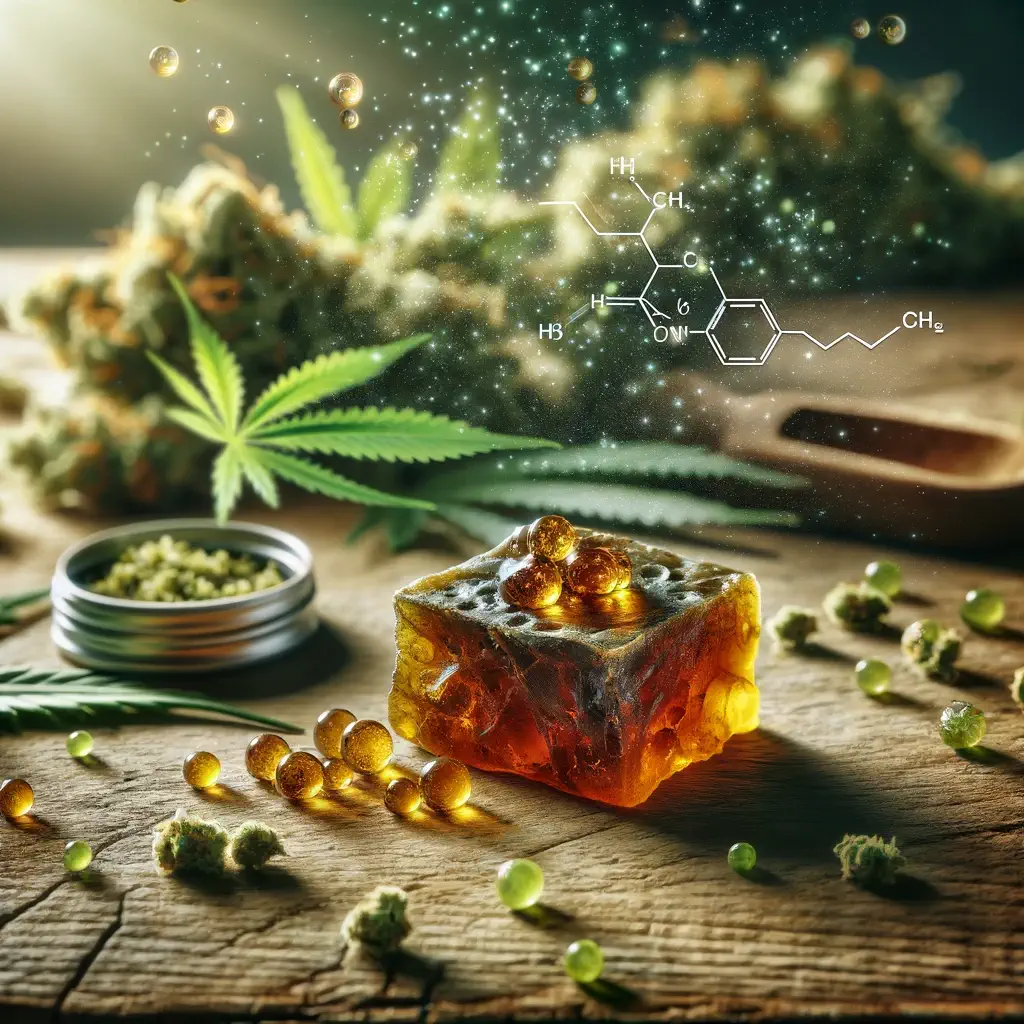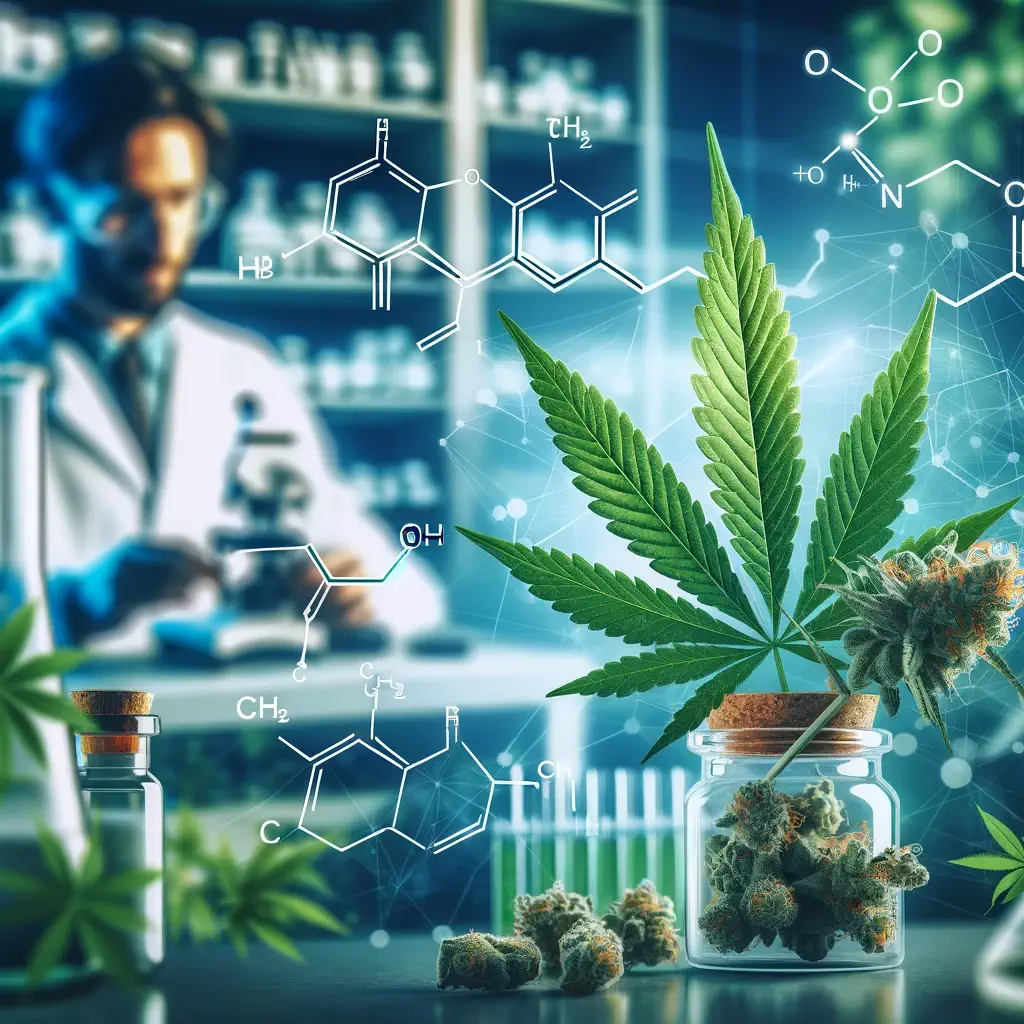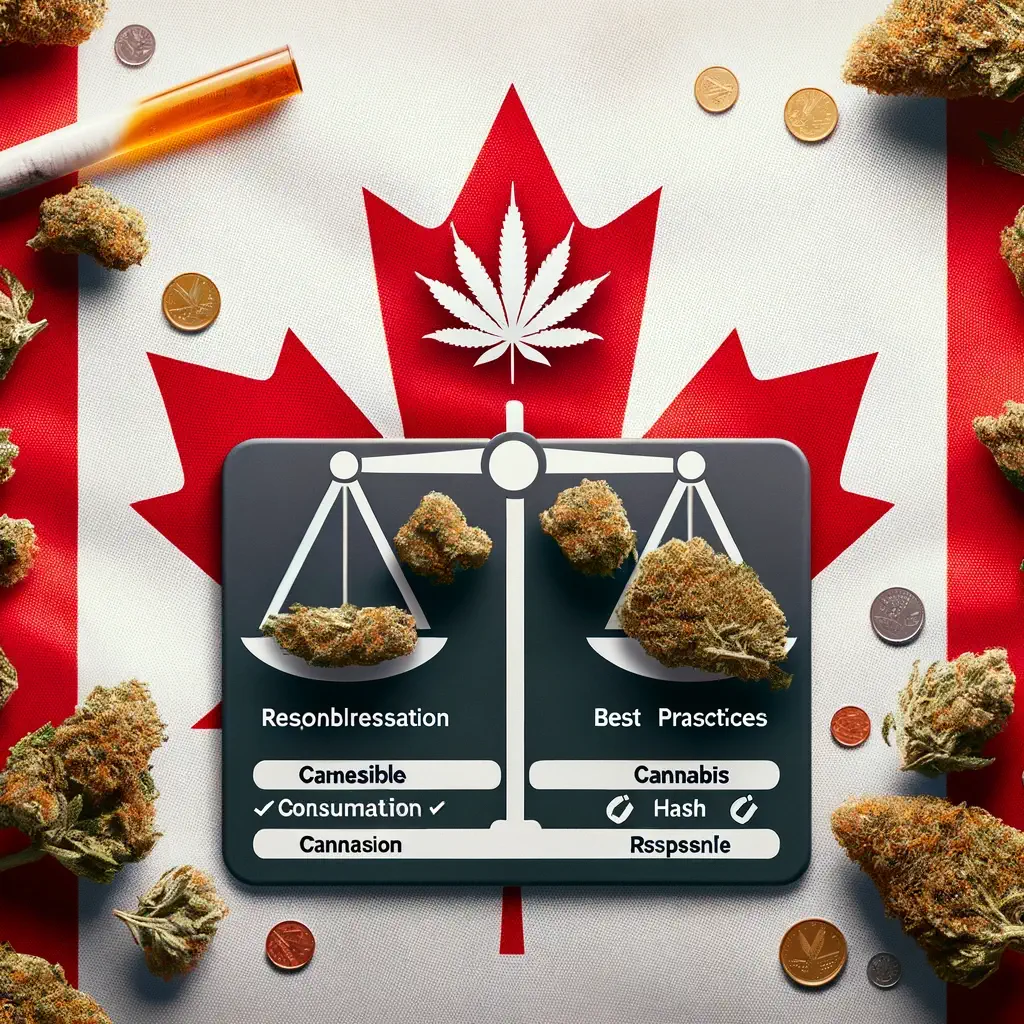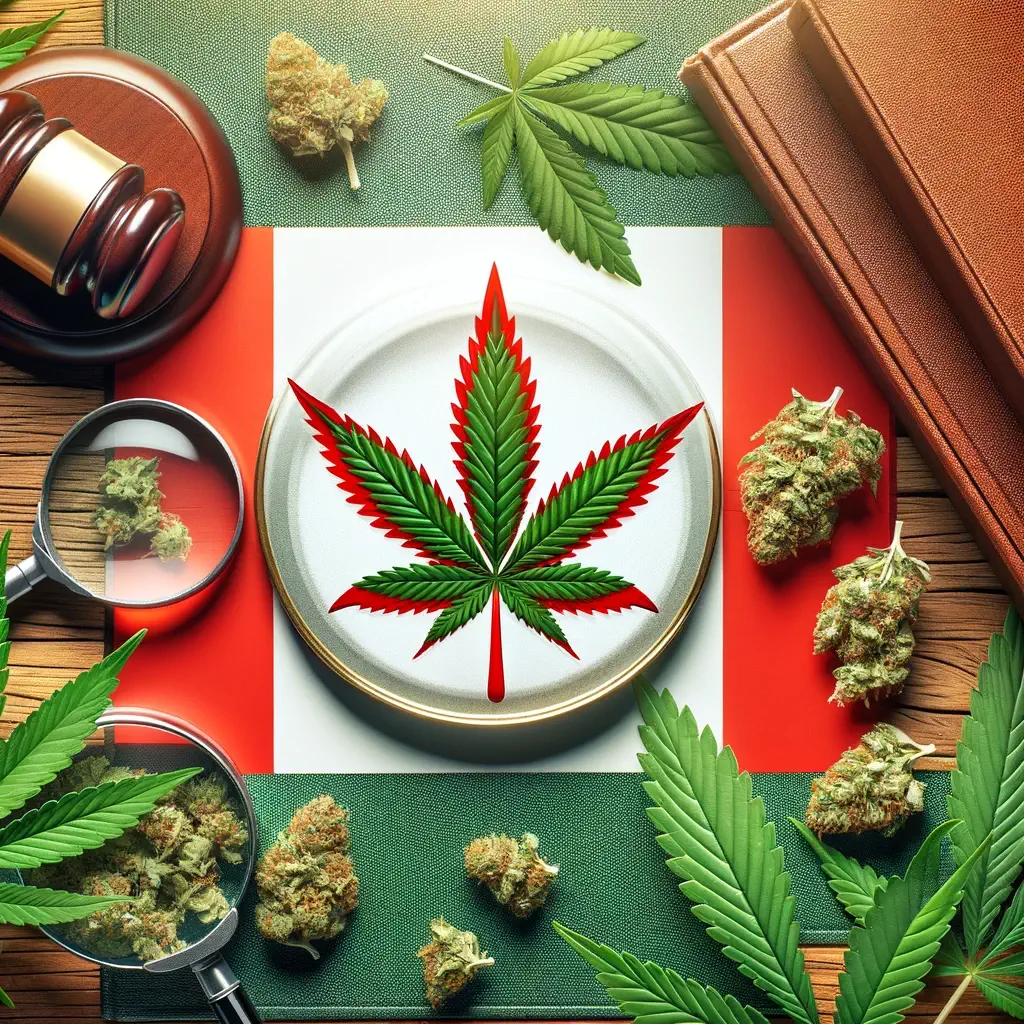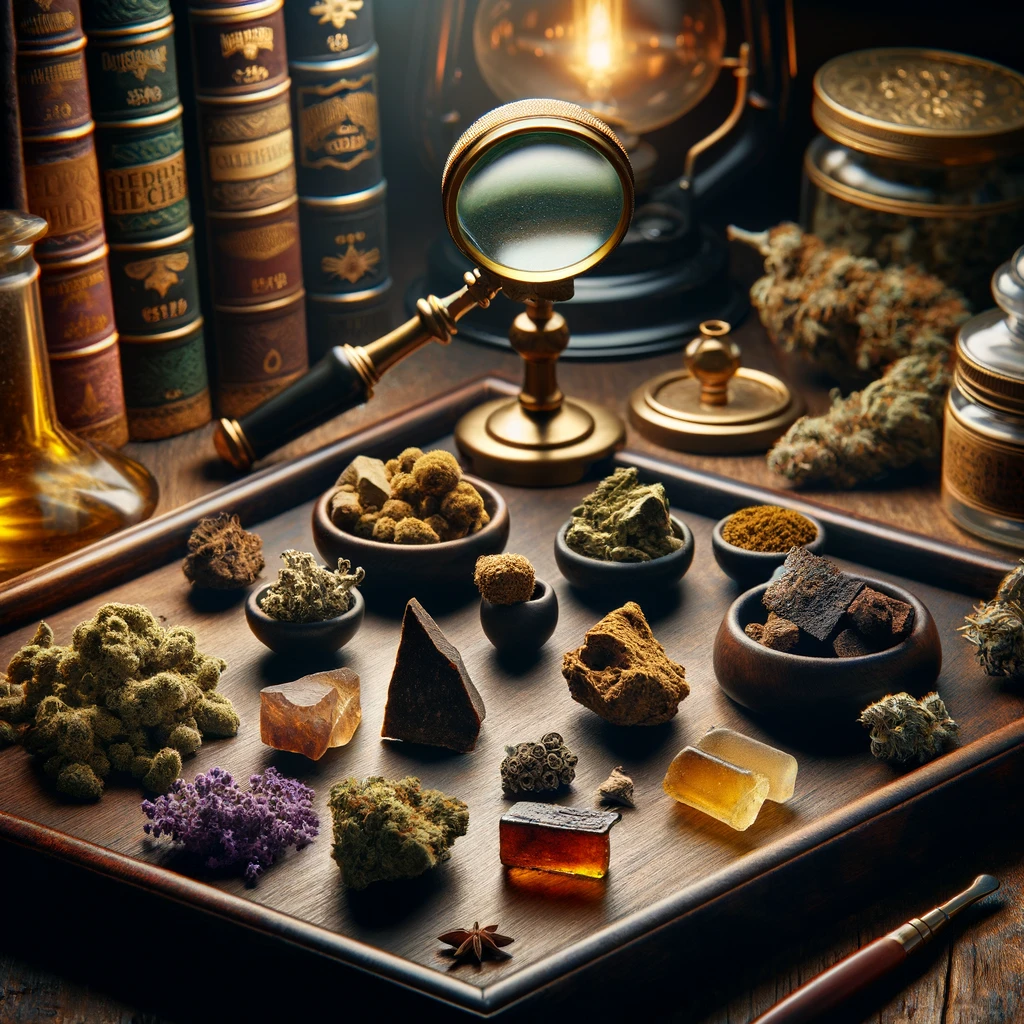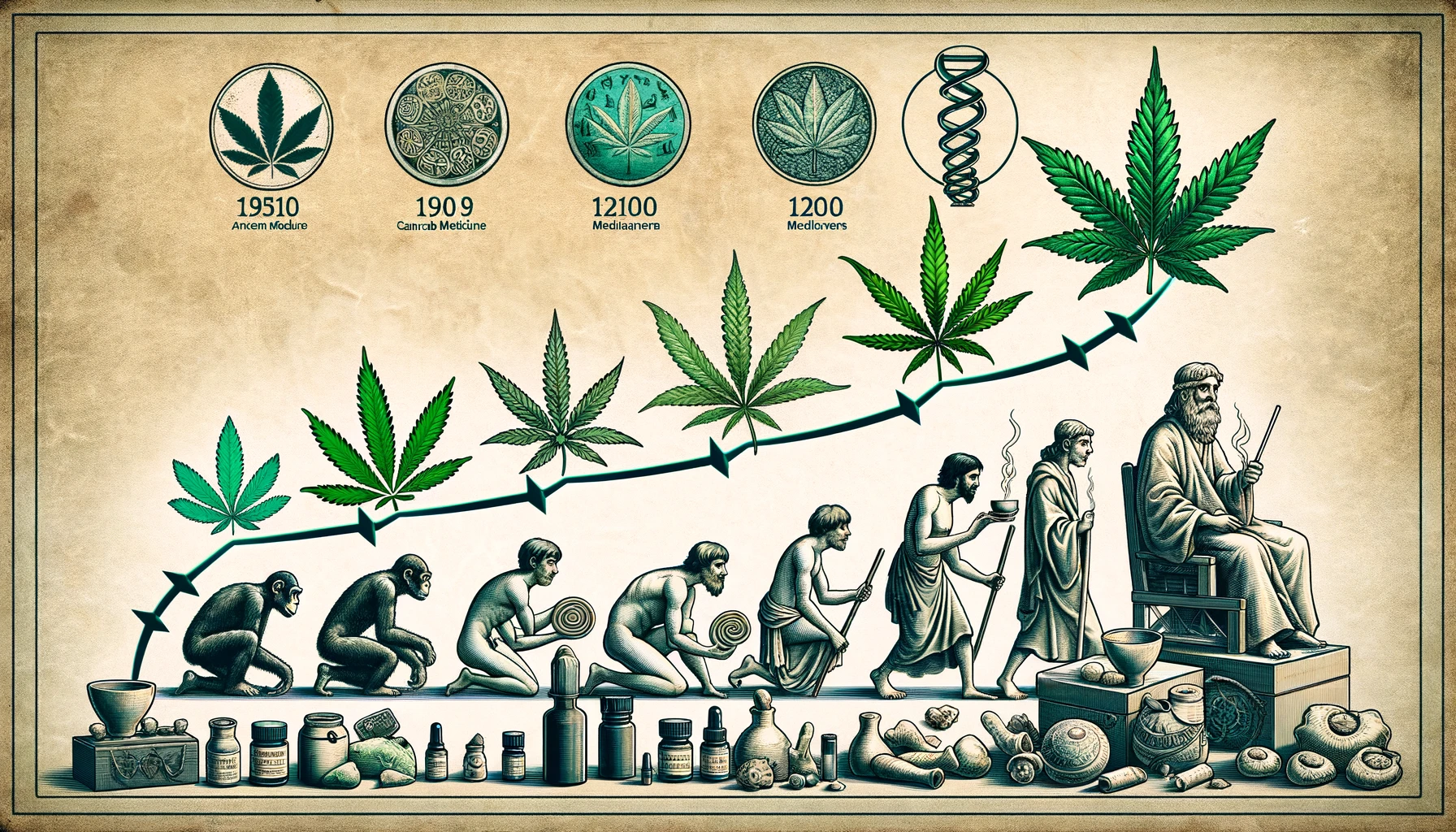Cannabis hash has long been a preferred choice for many Canadians, offering a concentrated form of cannabis that is both potent and rich in flavor. Beyond THC and CBD, terpenes play a vital role in defining the unique characteristics of cannabis hash. These aromatic compounds not only influence the sensory experience but also contribute to the therapeutic benefits of cannabis. This article delves into the significance of terpenes in hash, examining how they impact flavor, aroma, and effects.
What Are Terpenes?
Terpenes are naturally occurring compounds found in many plants, including cannabis. They are responsible for the distinct aromas and flavors of cannabis strains, ranging from citrus and pine to berry and earthy notes. Terpenes do more than just appeal to our sense of smell and taste; they also interact with cannabinoids to enhance the medicinal properties of cannabis, a phenomenon known as the entourage effect.
The Influence of Terpenes on Hash
When it comes to hash, terpenes are paramount in shaping the user’s experience. They are the unsung heroes that give each hash its unique profile, influencing not just the sensory experience but also the hash’s therapeutic potential.
Flavor and Aroma
The terpenes in hash are responsible for its distinctive flavor and aroma. These compounds volatilize at different temperatures, releasing a complex bouquet of scents and tastes that can be earthy, fruity, spicy, or floral. The richness of the hash experience is deeply intertwined with the terpenes it contains, making each variety a unique exploration of flavors and aromas.
Therapeutic Effects
Terpenes are not just about the sensory experience; they also play a crucial role in the hash’s effects on the body and mind. Different terpenes have been associated with various therapeutic benefits, such as relaxation, mood enhancement, pain relief, and anti-inflammatory properties. For example, myrcene is known for its sedative effects, while limonene may elevate mood and relieve stress.
Enhancing the Cannabis Experience
The interaction between terpenes and cannabinoids can amplify the benefits of cannabis hash. This synergy enhances the overall efficacy of hash, making it a versatile tool for both recreational enjoyment and medicinal use.
What Do Terpenes Do When Smoked?
When smoked, terpenes contribute to the hash’s immediate sensory experience, providing depth to the flavor and aroma. Beyond this, they can modulate the effects of cannabinoids, influencing the intensity and quality of the high. For instance, the presence of pinene can counteract some of the cognitive effects of THC, promoting alertness and memory retention.
The Purpose of Terpenes
The primary purpose of terpenes in cannabis is twofold: they protect the plant from predators and environmental stresses, and they attract pollinators. In hash, these compounds serve to enhance the user’s experience by providing a rich sensory profile and contributing to the entourage effect, thereby maximizing the therapeutic potential of cannabis.
Benefits of Terpenes Infused
Infusing hash with additional terpenes can elevate the product in several ways:
- Enhanced Aroma and Flavor: Adding terpenes can create a more enjoyable and complex sensory experience.
- Customized Effects: By selecting specific terpenes, producers can tailor the hash’s effects, such as emphasizing relaxation or focus.
- Increased Therapeutic Benefits: Enhanced terpene profiles can boost the medicinal properties of hash, offering more targeted relief from symptoms like pain, anxiety, and inflammation.
Tips for Selecting Terpene-Rich Hash
For Canadians looking to enjoy the full spectrum of benefits offered by terpene-rich hash, consider the following tips:
- Look for Lab-Tested Products: Reputable producers often provide terpene profiles of their hash. Opt for products with detailed lab reports to understand the terpene composition.
- Choose Based on Desired Effects: Consider what you seek from your hash experience—whether it’s relaxation, pain relief, or a mood boost—and select a terpene profile that aligns with your needs.
- Experiment with Different Varieties: Each hash variety offers a unique terpene profile. Experimenting can help you find the perfect match for your preferences.
Conclusion
Terpenes play a critical role in defining the flavor, aroma, and therapeutic potential of cannabis hash. For Canadians exploring the rich world of hash, understanding terpenes can greatly enhance the experience, offering a deeper appreciation for the subtle nuances that make each variety unique. By choosing terpene-rich hash, users can enjoy a more flavorful, aromatic, and effective cannabis experience.
For more detailed insights into terpenes and their impact on hash, visit Caliterpenes for comprehensive information.
